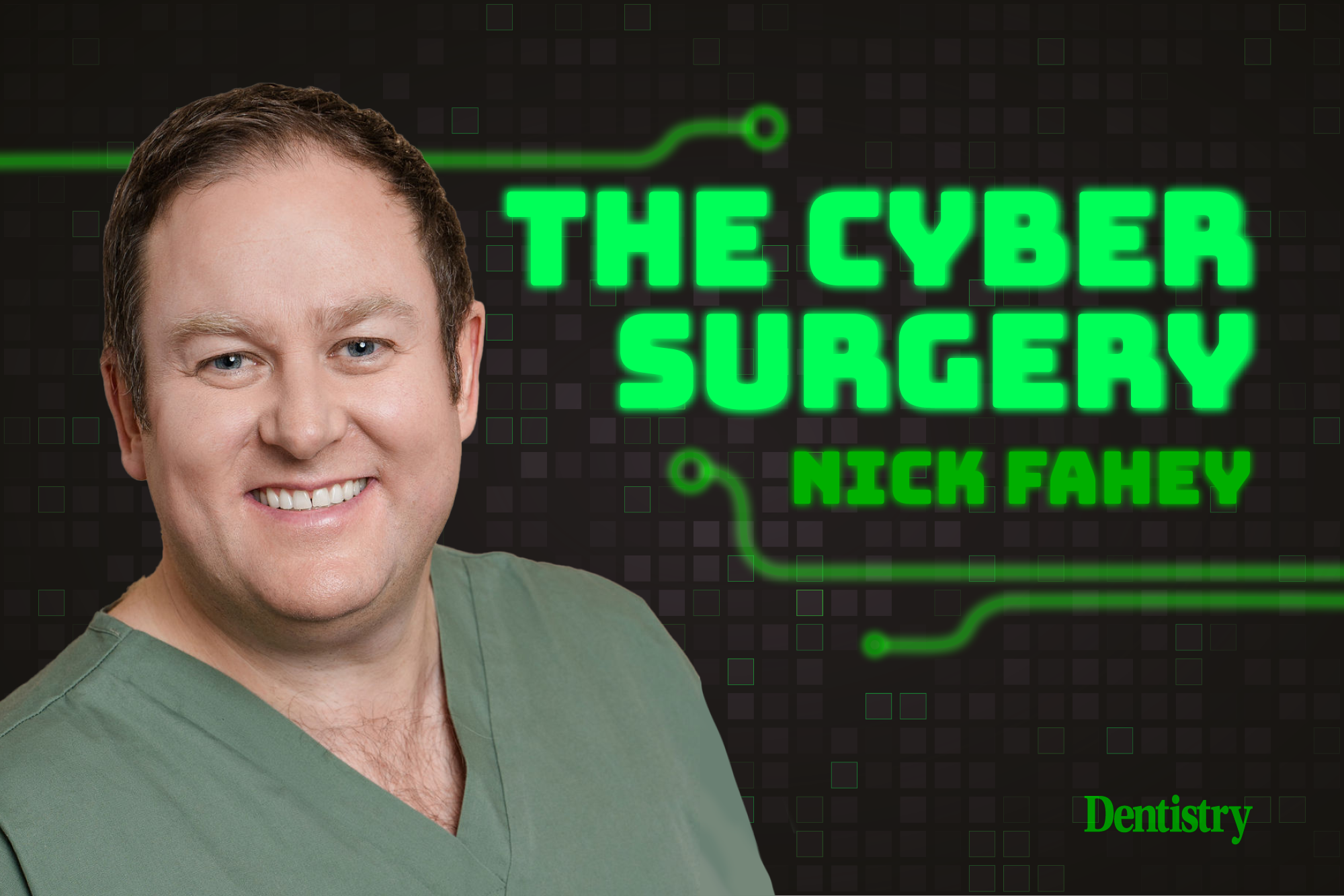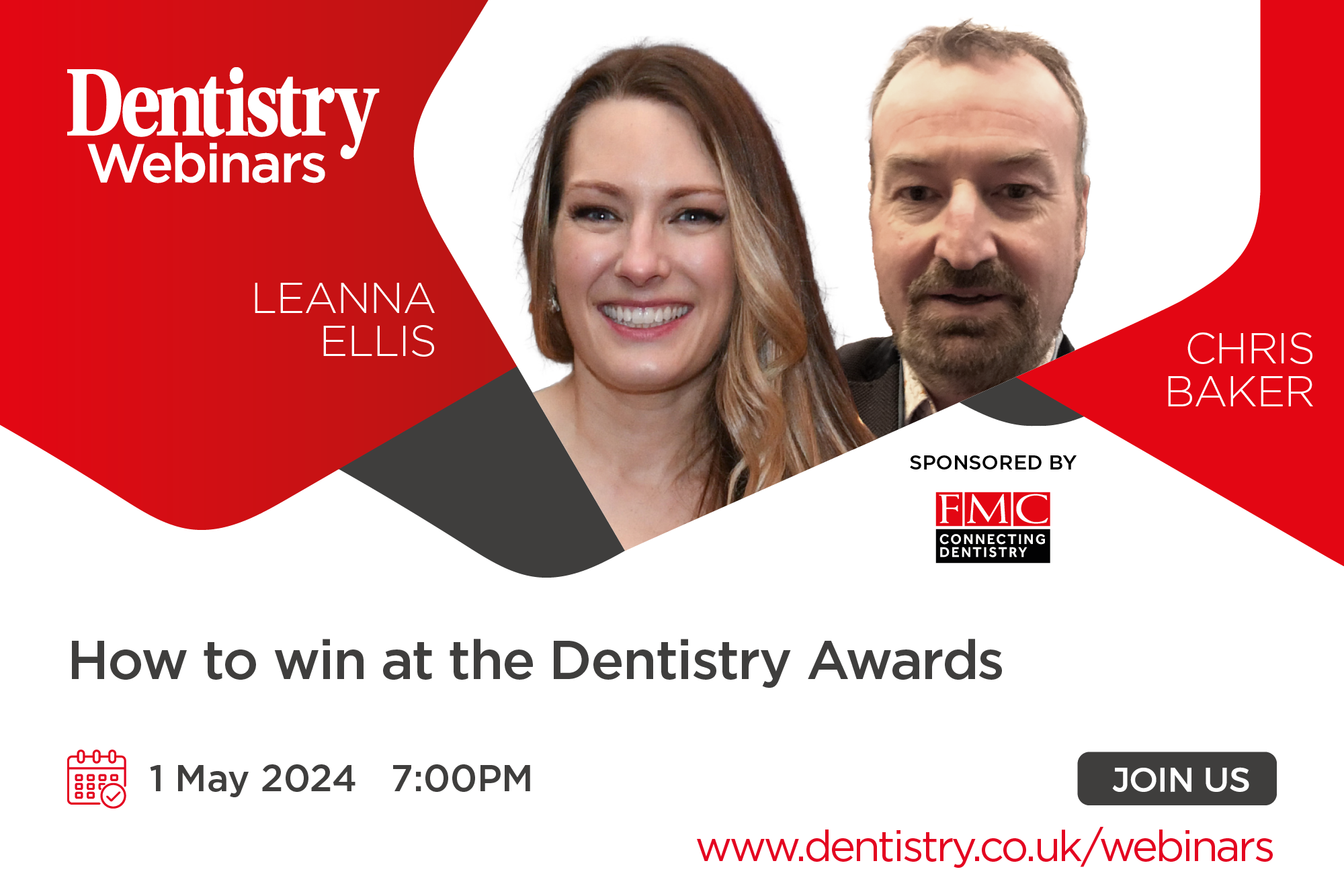 Kicking off the first of his new column, The Cyber Surgery, Nick Fahey discusses the start of his journey with digital dentistry and how the 90s rave scene fuelled his aspirations in the profession.
Kicking off the first of his new column, The Cyber Surgery, Nick Fahey discusses the start of his journey with digital dentistry and how the 90s rave scene fuelled his aspirations in the profession.
When I first came to the UK back in 1997, the Prodigy had just released their drum and bass album The Fat of the Land with the chart-topping Fire Starter.
Underworld were on top of the world with Born Slippy – their techno generational anthem made famous by Dany Boyle’s movie, Trainspotting.
This exciting time in the UK rave scene was far removed from any music experience a wide-eyed boy from New Zealand had had when living on Whakamahi beach.
So, with my friends, when lazing around on a Sunday morning, I often used to jokingly say: ‘One day, I am going to open a cyber surgery!’
The cyber magpie
Fast forward 25 years…here I am.
No longer a weekend raver, but a specialist prosthodontist with an award-winning practice, crammed to the gunnels with all kinds of dental technology.
I am a long way away from working in an orange boiler suit with a tribal sleeve, to some banging tunes, flashing lights and a smoke machine.
I have, however, over the years, built up an impressive array of technology – like some kind of cyber magpie.
Digital dentistry – why?
That I presume is why the guys at Dentistry have asked me to provide a regular column for their readers where I can inform and, in some cases, rant about digital dentistry and how I use it in our shop.
So digital dentistry – why? Well, it is a well-known cliché, but I am always looking for ways to work smarter, but not harder!
I am old enough to remember when we used to take photos for presenting our clinical cases to colleagues on 35mm film.
Then, even worse, present it to other dentists using a physical slide deck and slide projector. My blood runs cold just thinking about it…
Tedious times
Firstly, let’s take an old 35 mm SLR camera.
Sure, it could take some great shots, but along with those good shots were shots with the lens cap on, or the f-stop too open or closed, or the ones where the flash had failed to fire.
You had to frame the subject of interest exquisitely, as there were no easy cropping or post image editing tools back then.
There was also the anxiety about whether the processing went well, and whether you might lose that vital set of images for your accreditation case.
Each time you received your slides back from processing it would be with a lump in your throat when you viewed them for the first time and got to see what it was that you had actually photographed.
Then there was the hassle of using slides. Not being able to use something like Powerpoint or Keynote to build your presentations meant that you had to learn how to master one, two or even three slide projectors simultaneously.
To be honest, I was never ever able to come close to being able to master two slide decks, let alone triple projection.
It was possible to get a specialist department to make a slide for you with some bullet points but that was about as far as it went.
Certainly, there were no nice animations or similar to distract your audience from your badly composed, over or underexposed, or poorly focused photos.
My first digital kit purchase
Jump forward a few years to 2002 and I made my first purchase of some digital kit specifically to use in dentistry.
My first digital camera, the amazing (for it’s time) Fujifilm FinePix S2 Pro, allowed me to contemporaneously view the photos I was taking and then download these directly to my laptop for editing and use.
I could either send them to the laboratory for printing or use them directly in Powerpoint presentations.
There were so many other benefits of taking photos of your clinical cases using a digital camera.
This simple foray into the power of using digital technology, to allow me to work smarter not harder, was a revelation.
Over the following year I intend on sharing with you my journey with digital technology.
How I use it in my day-to-day workflows and how it has enabled me to be better at all aspects of complex dental rehabilitation and multi-disciplinary treatments.
I hope you decide to join me.
Follow Dentistry.co.uk on Instagram to keep up with all the latest dental news and trends.



